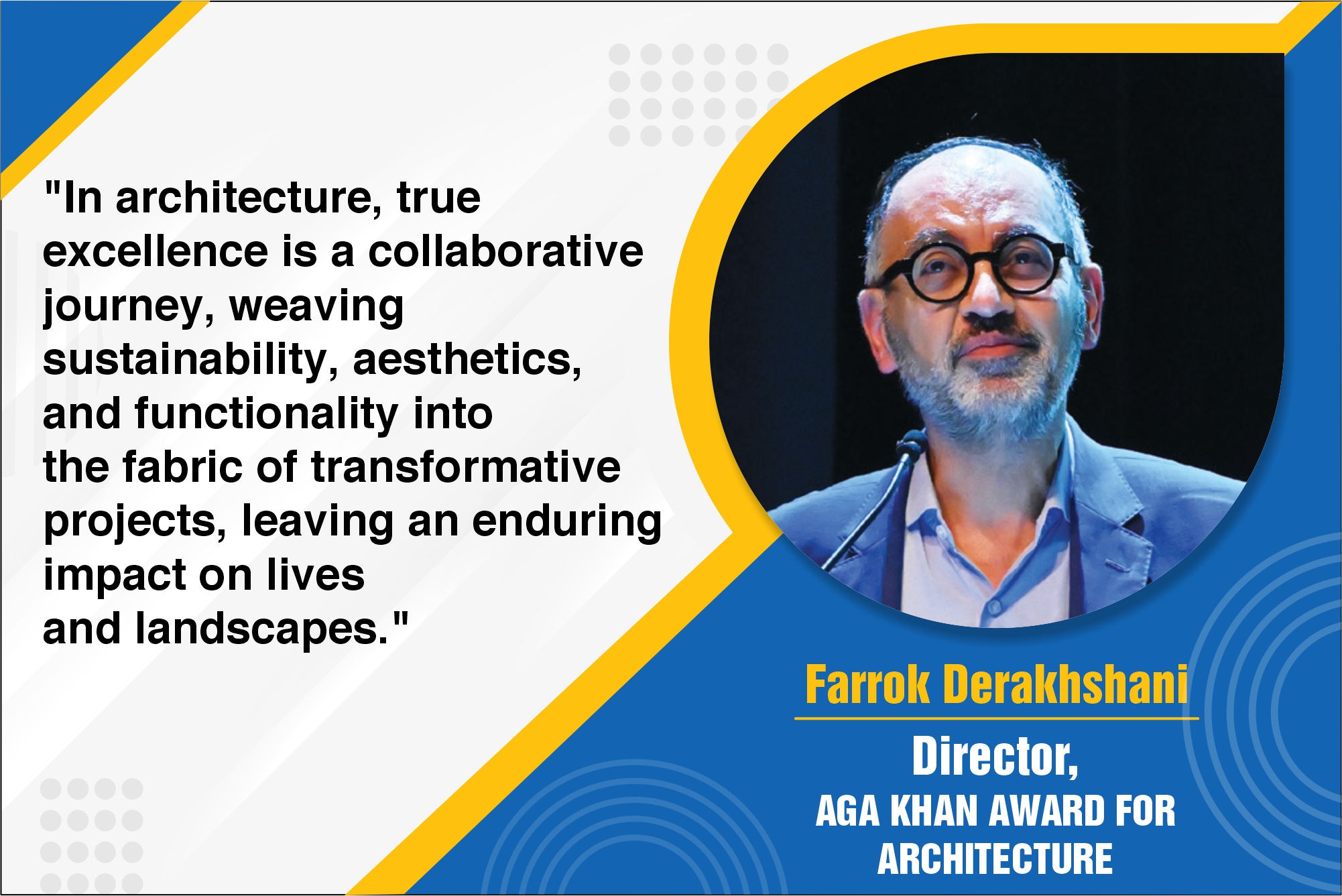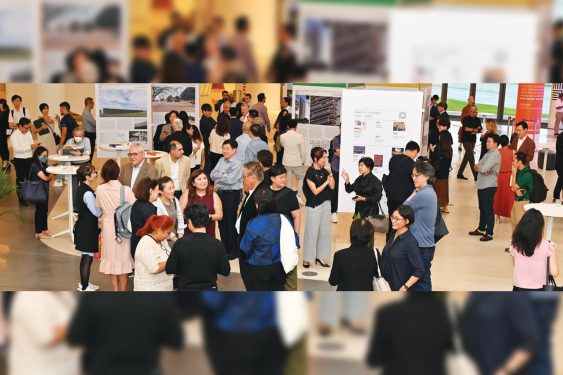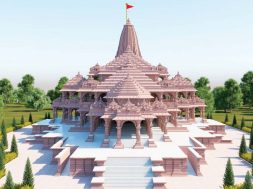Aga Khan Award for Architecture

Farrok Derakhshani, Director of the Aga Khan Award for Architecture, discusses the mission, influence of notable architects, and the importance of holistic design, and addresses sustainability and the evolving concept of net-zero construction in the global architectural landscape.
What is the mission and award process of your global architecture awards?
As the Director of the global architecture awards, which spans a history of 45 years, our mission is to identify and reward projects that epitomise architectural excellence, enhancing the quality of life. Influential architects such as Balkrishna Doshi, Charles Correa, and Romi Khosla have played pivotal roles in our journey, contributing significantly to India’s recognition in this realm. Every three years, we present a substantial $1 million award to exceptional completed projects. Looking ahead to 2025, we eagerly anticipate submissions from India, a country with a profound architectural heritage. We encourage architects to visit our website for comprehensive submission guidelines and to showcase their transformative projects that push the boundaries of architectural innovation.
What, in your opinion, constitutes the ideal architectural design that encompasses sustainability, aesthetics, and functionality aspects?
When conferring an architectural award upon a private school for its excellence, we underscore that the recognition extends beyond the final product to encompass the entire process. It involves navigating challenges such as budget constraints and time limitations and recognising that overcoming them is crucial to a project’s success. Architectural brilliance is a collaborative endeavour engaging architects, clients, constructors, structural engineers, and end-users. The holistic approach considers the functionality, sustainability, and long-term usage of the project. Whether it’s a landscaping project, a high-rise construction, or a villa design, the end-users play a pivotal role, as they inhabit the space for an extended period. Acknowledging this interconnectedness is essential in understanding the lasting impact of architectural endeavours over time.

According to you, what should be the sustainable approach by an architect in the projects that are working?
The term “sustainability” is often used loosely and misinterpreted today. True sustainability goes beyond mere claims; it involves how a project stands the test of time. There’s a growing admiration for older projects considered sustainable because their creators invested time, reflection, and a profound awareness of consequences. Some modern architects need to consider the long-term effect to rush projects. The essence of sustainability lies in understanding the lasting implications, including maintenance. It’s not just about completing a project but contemplating how it will be maintained and preserved. Genuine sustainability emerges from a holistic approach that extends beyond completion, ensuring a considerate and lasting impact on the environment and users.
What are your views when it comes to a net-zero building?
I’m optimistic about sustainability being an ongoing journey, not a fixed destination. Advancements in technology open doors to new materials and methods. Yet, hasty project approaches can lead to unintended consequences. Water scarcity in parts of India highlights the need for context-specific solutions. Architects, as stewards of the future, must integrate AI thoughtfully for enduring projects. The term “net zero” is often exploited commercially, but recent projects show a positive trend in sustainability. Our website showcases impactful projects in South Asia and Africa, offering insights into architects’ increasing focus on responsible construction.
For more info visit: https://the.akdn/en/home
Cookie Consent
We use cookies to personalize your experience. By continuing to visit this website you agree to our Terms & Conditions, Privacy Policy and Cookie Policy.








